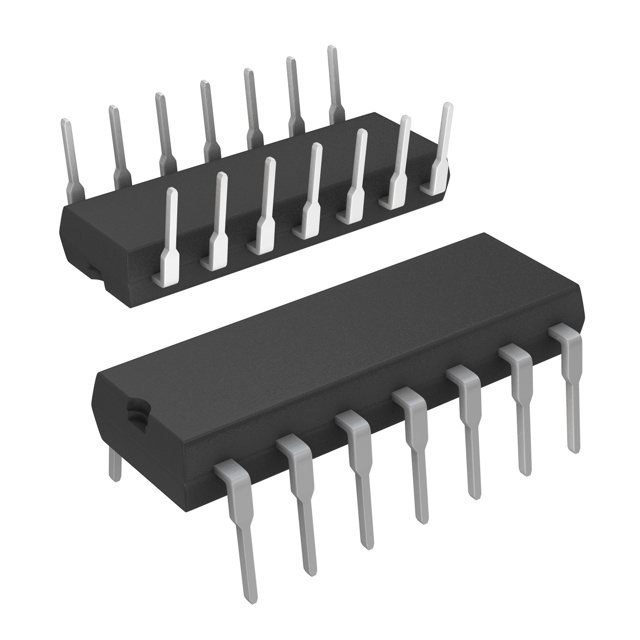In Stock : 0
Please send RFQ , we will respond immediately.









NL17SG04P5T5G Specifications
-
TypeParameter
-
Supplier Device PackageSOT-953
-
Number of Inputs-
-
Number of Circuits1
-
Logic Type1:1, 1:2 Configurable Registered Buffer with Parity
-
PackagingCut Tape (CT)
-
PackagingTape & Reel (TR)
The NL17SG04P5T5G is a specific integrated circuit chip, which is a hex inverter with Schmitt-trigger inputs. Here are some advantages and application scenarios of this chip:Advantages: 1. Schmitt-trigger inputs: The Schmitt-trigger inputs allow for hysteresis, which means the input signal must cross a higher threshold to switch from low to high and a lower threshold to switch from high to low. This helps in reducing noise and improving the robustness of the circuit. 2. Hex inverter: The chip has six independent inverters, which can be used to invert the input signal. 3. Small form factor: The chip is available in a small SOT-353 package, making it suitable for applications with limited space.Application scenarios: 1. Signal conditioning: The Schmitt-trigger inputs of the NL17SG04P5T5G make it suitable for signal conditioning applications where noise immunity and clean signal transitions are important. It can be used to clean up noisy signals and provide stable digital outputs. 2. Level shifting: The hex inverter functionality of the chip can be used for level shifting applications. It can convert logic levels from one voltage domain to another, allowing interfacing between different voltage levels. 3. Oscillators and clock generation: The inverters can be used in oscillator circuits to generate square wave signals of a specific frequency. The Schmitt-trigger inputs help in stabilizing the oscillations and reducing jitter. 4. Digital logic circuits: The chip can be used in various digital logic circuits where signal inversion or buffering is required. It can be used in applications such as data transmission, data processing, and control systems.It's important to note that the specific advantages and application scenarios may vary depending on the requirements and design considerations of a particular project.
NL17SG04P5T5G Relevant information
















